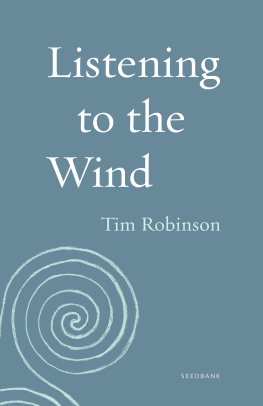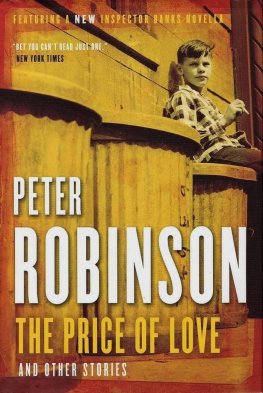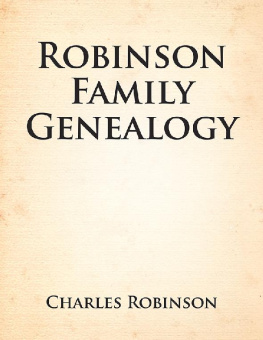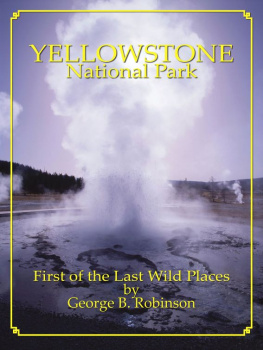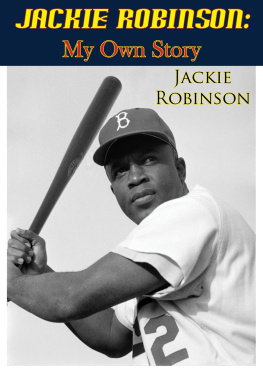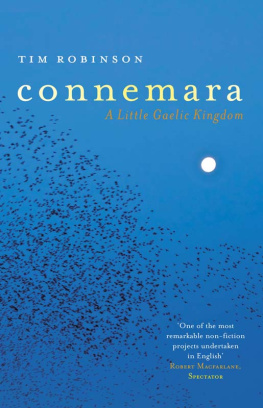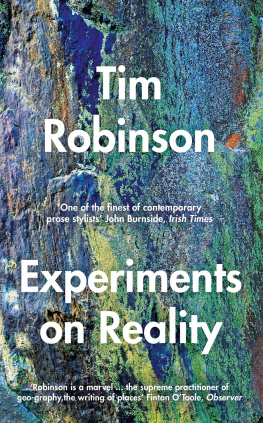
Listening
to the
Wind
Listening
to the
Wind
THE CONNEMARA TRILOGY: PART ONE
Tim Robinson
Introduction by Daniel Slager
MILKWEED EDITIONS
Original edition first published by Penguin Books Ltd, London.
Tim Robinson 2006
The author has asserted his right to be identified as the author of this work in accordance with the Copyright, Designs, and Patents Act 1988.
2019, Introduction by Daniel Slager
All rights reserved.
Except for brief quotations in critical articles or reviews, no part of this book may be reproduced in any manner without prior written permission from the publisher: Milkweed Editions, 1011 Washington Avenue South, Suite 300, Minneapolis, Minnesota 55415.
(800) 520-6455
milkweed.org
Published 2019 by Milkweed Editions
Printed in the United States of America
Cover design by Mary Austin Speaker
Cover illustration by Mary Austin Speaker
Author photo by Brian Farrell
19 20 21 22 235 4 3 2 1
First US Edition
Milkweed Editions, an independent nonprofit publisher, gratefully acknowledges sustaining support from the Alan B. Slifka Foundation and its president, Riva Ariella Ritvo-Slifka; the Ballard Spahr Foundation; Copper Nickel; the Jerome Foundation; the McKnight Foundation; the National Endowment for the Arts; the National Poetry Series; the Target Foundation; and other generous contributions from foundations, corporations, and individuals. Also, this activity is made possible by the voters of Minnesota through a Minnesota State Arts Board Operating Support grant, thanks to a legislative appropriation from the arts and cultural heritage fund. For a full listing of Milkweed Editions supporters, please visit milkweed.org.

Library of Congress Cataloging-in-Publication Data
Names: Robinson, Tim, 1935- author.
Title: Listening to the wind / Tim Robinson.
Description: First US edition. | Minneapolis, Minnesota : Milkweed Editions, 2019. | Series: The Connemara trilogy ; Part 1 | Includes bibliographical references.
Identifiers: LCCN 2018059557 (print) | LCCN 2019000023 (ebook) | ISBN 9781571319821 (ebook) | ISBN 9781571313706 (pbk. : alk. paper)
Classification: LCC PR6118.O25 (ebook) | LCC PR6118.O25 L57 2019 (print) | DDC 823/.92--dc23
LC record available at https://lccn.loc.gov/2018059557
Milkweed Editions is committed to ecological stewardship. We strive to align our book production practices with this principle, and to reduce the impact of our operations in the environment. We are a member of the Green Press Initiative, a nonprofit coalition of publishers, manufacturers, and authors working to protect the worlds endangered forests and conserve natural resources. Listening to the Wind was printed on acid-free 30% postconsumer-waste paper by Sheridan Books, Inc.
CONTENTS
by Daniel Slager

Introduction
On the west coast of Ireland, in the northwestern corner of County Galway, lies the region of Connemara. Its rugged Atlantic shoreline and landscape of peat bogs, low mountains, and chains of lakes and riversa recalcitrant reality, in the words of Tim Robinson, inherently resistant to any kind of rectilinear abstractionhave been inhabited for thousands of years. Much like the bogs, in which the detritus of thirty or forty centuries of plant life is compressed into a few feet of incomparably dense material, the resulting strata of human culture are ancient and rich. It is this place that is evoked by Robinson in Listening to the Wind, along with a notion of what right living might mean in such a place.
A native of Yorkshire, Tim Robinson studied mathematics at Cambridge, then worked for many years as a painter and visual artist, living in Istanbul, Vienna, and London. In 1972, he and his wife moved to the Aran Islands. In 1986, his first book, Stones of Aran: Pilgrimage, was published to considerable acclaim. A subsequent volume, Stones of Aran: Labyrinth, appeared in 1995, completing the first major chapter in what Robert Macfarlane has described as one of the most sustained, intensive, and imaginative studies of a landscape that has ever been carried out. In 1984, Robinson and his wife moved to Connemara and took up residence in a historic seaside home they call Nimmo House, after the engineer who designed the harbor and founded the village of Roundstone in the 1830s. Here, Robinson developed his practice of cartography, restoring Irish place namesirreplaceable, often mysteriously evocative words that have been disappearing in the wake of cycles of colonization, famine, and emigrationand established a small press called Folding Landscapes, which has published his maps and writings. And he set about writing a singular trilogy of booksa deep map of sortson his adopted homeplace, of which Listening to the Wind is the first volume.
In contrast to much of the literature of place more familiar to American readers, it is clear from the outset of this extraordinary book that Robinsons orientation toward the past is fundamental to his approach. He begins with an extended reflection on a small, nondescript cross standing alongside a road following a stream to the sea. Unmarked, the grave is said to be that of a young man of modest means who suffered a heart attack, the first of many spirits and ghosts evoked in these pages. It is arguably not the story of the mans life that seems to interest Robinson, however, nor that of his death. Rather, he writes,
Whatever the burden of the gillies last breath, it was dispersed into the air to be degraded by the hiss of rain or eroded molecule by molecule in the Brownian fidget of drifting pollen grains, and captured, a little of it, by the tilting, spilling cups and saucers of the water surface, dissolved, hurried under the old bridge at Tuaim Beola and added to the sea. So one can imagine it infinitesimally present in, and persuasively interpreting, the sough (which we should not delude ourselves is a sighing) of the Ballynahinch woods, the clatter (not a chattering) of the mountain streamlets, the roar (not a raging) of the waves against the shore.
There is much to be found in this passage that is essential to Robinsons vision. The deep interest in what he describes elsewhere as the sound of the past, the wreck of times grand flow in tortuous passages is particularly striking, though he is careful to distinguish his manner of listening to the pasts agonistic multiplicity from those who would perceive a more systematic sound of history, with its rhythms, tunes and even harmonies. The insistent parenthetical qualifications are of more than formal interest as well, for Robinsons staggering depth of knowledge and intellectual curiosity are matched throughout by a delightfully precise lyricism, punctuated as often by laughter as it is by scorn for the colonizers and developers who have historically effaced the beauty and ecological integrity of Connemara. Perhaps most vital, though, is the care with which Robinson elucidates the enduring union of human beingsand he is invariably most interested in all those Connemara people to whom history has not lent a voicewith all that surrounds us, living and dead.
Considering Robinsons ability to balance various temporalities, mindful always of the fact that in a tenth of a second a world of things happen, and in the century virtually nothing, it is fitting, imperative even, that the kind of movement most conducive to his explorations of Connemara, and to his narrative mode, is that of walking. For just as a walk through bog country demands step-by-step negotiations, so are Robinsons writerly divagations undertaken with uncommon care and solicitude, informed always by a broad store of knowledgefrom geology to hydrography, and from archaeology to botanybut equally as open to seemingly insignificant characters and details. As he rambles, Robinson listens to and reflects on intricate concrete particularshuman beings, wild animals (many of whom are thought to possess magical powers of transmutation), trees, boulders, ruinsletting them give rise to consideration of fluid generalities. His range of reference in this context is vast and impressively encyclopedic, from the medieval compilation known as
Next page
